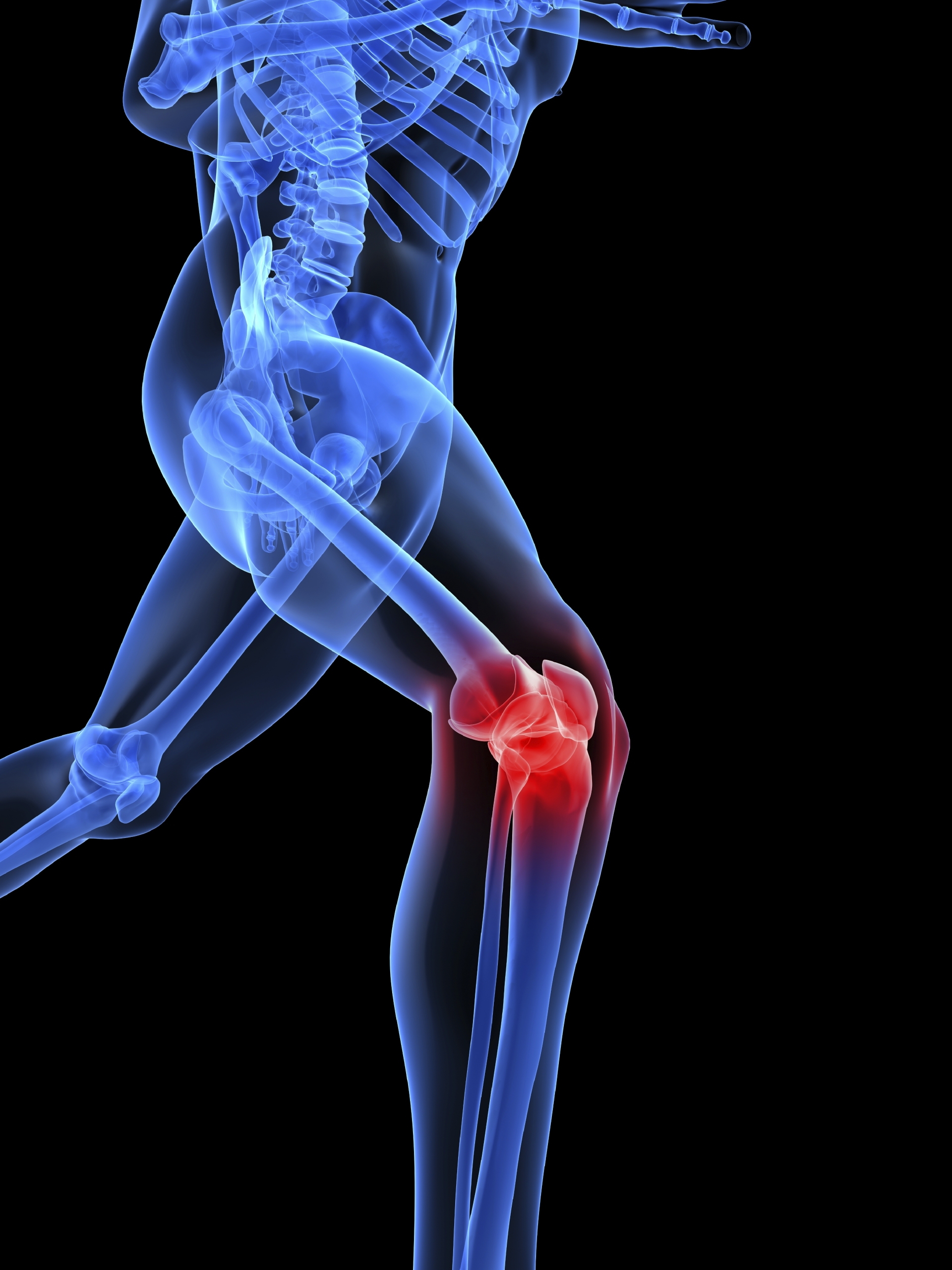
Runner’s knee explained
As our congratulations go out to those who took part in the virtual London Marathon this October, we take a look at a common injury that can affect runners. Despite its name however, runner’s knee isn’t just an injury specific to runners. It’s also an umbrella term, rather than a specific injury, which describes any one of several conditions that causes pain around the kneecap (Patella).
What causes runner’s knee?
The pain associated with this condition may be caused by irritation of the soft tissues or lining of the knee, worn or torn cartilage, or strained tendons. Any of the following can also bring on runner’s knee:
- Overuse or excessive stress of the knee joint
- Trauma to the kneecap with a fall or direct blow
- Misalignment, dislocation or fracture of the kneecap
- Failing to stretch adequately before exercise
- Weak quadriceps
- Problems with your feet (fallen arches, hypermobility or over pronation)
- Arthritis
- Plica syndrome which thickens and inflames the lining of the joint
- Chondromalacia patella, which breaks down the cartilage under your kneecap
What are the symptoms?
Typically, runner’s knee presents a dull, achy pain around or under your knee cap. You may feel pain particularly when:
- Walking or running downhill
- Walking downstairs
- Squatting
- Kneeling
- Standing up or sitting down on a chair
The area around your knee could swell, or you might hear popping or have a grinding feeling in the knee.
How can it be treated with Osteopathy?
With a treatment plan of Osteopathic manual therapy, your healing time will be reduced significantly. A series of rehabilitation treatments, alongside corrective measures to continue at home will be given by your Osteopath such as ice/heat, rest or specific exercises at the appropriate time for you.
To help minimise pain and speed up your recovery:
- Rest as much as possible
- Place ice packs on your knee for 20-30 minutes every 3-4 hours for 2-3 days
- Use a knee support
- Elevate your knee when sitting or lying
- Avoid activities that add additional strain – running/lunging/standing or sitting for long periods
NSAIDs such as ibuprofen can reduce pain and inflammation but talk to your doctor before taking these medicines, especially if you have other health conditions or take other medications.
How can you prevent it from occurring or reoccurring?
- Stay active and at a healthy weight – strengthening and stretching your quadriceps, hamstrings and glutei will help to support your knee joint – see our video page for helpful stretches
- Warm up before exercising with specific knee stretches
- Increase your training gradually
- Wear supportive running shoes
- Cycling and swimming are great strengthening ‘knee friendly’ activities
- Avoid running on concrete and zig zag down a steep incline to reduce the strain on your knees.
- Some runners find that running uphill is less painful and has the added benefit of strengthening your glutei – strong glutei will help to control hip and thigh movement, preventing the knee from turning inwards and causing pain.
A graduated progression back into training can be discussed with your Osteopath as you work through your rehabilitation programme. Don’t suffer with knee pain, get in touch to book your appointment here.
